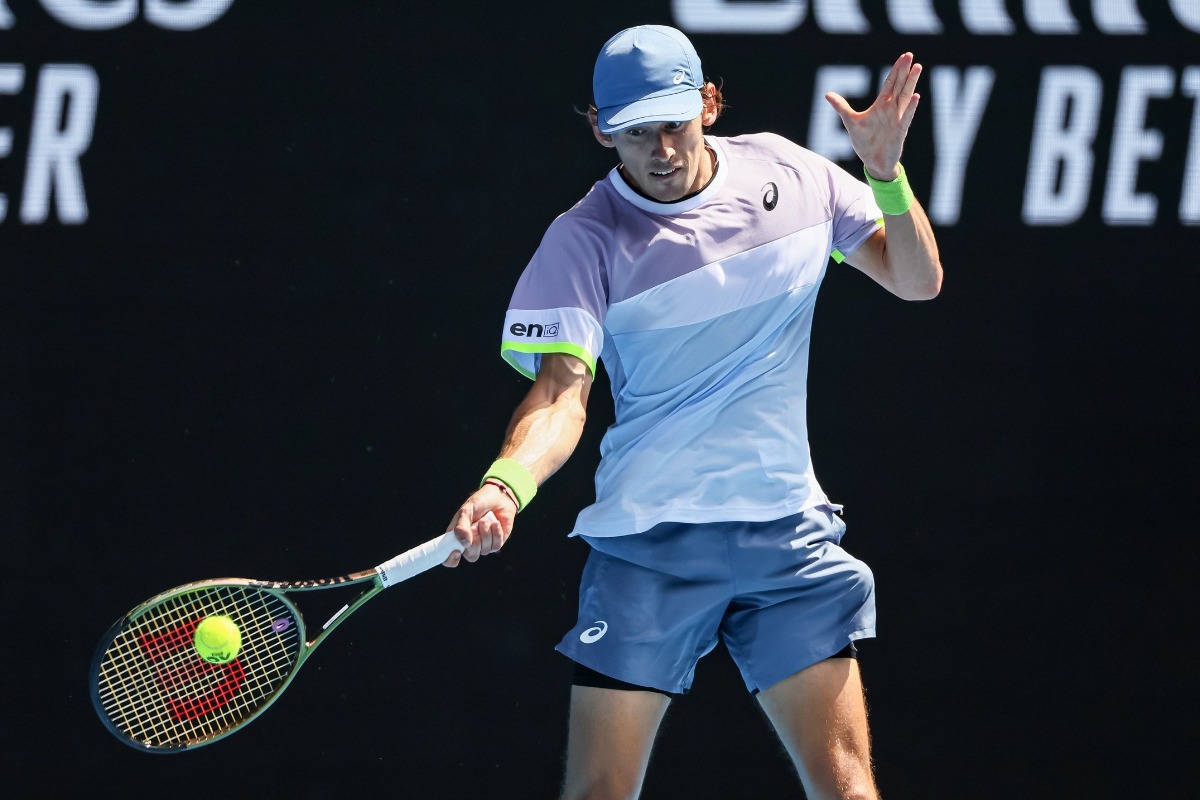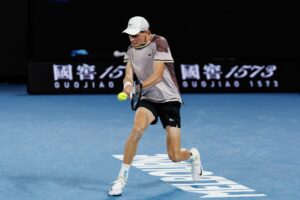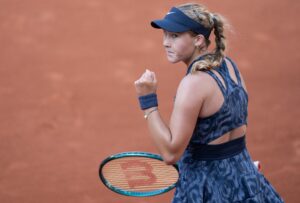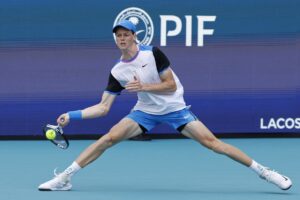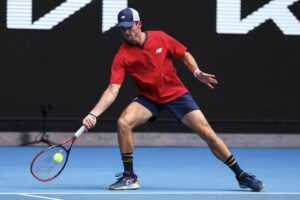Alex de Minaur’s superb start to 2024, which has taken him into the world’s Top 10 for the first time, has fueled hopes in Australia that he can make a deep run at the Australian Open, which starts this weekend. However, even if de Minaur was to exceed all expectations and win his home Major, he would still have a long way to go to match this fantastic five: the greatest Australian winners of the Australian Open, among both men and women.
Here they are, in reverse order.
-
Evonne Goolagong Cawley (Four Australian Open Women’s Singles titles)
Evonne Goolagong Cawley is the only native Australian or Aboriginal winner of the Australian Open and, along with the 2000 Olympic 400 metres champion Cathy Freeman, she is the most famous native Australian or Aboriginal sportsperson. That gives her a singular significance in Australian tennis history, which everyone was reminded of in 2022 when she presented the winner’s trophy to Ash Barty, who herself has some native Australian or Aboriginal ancestry, after Barty had become the first Australian woman in over 40 years (since Chris O’Neill in 1978) to win her home Slam.
Goolagong Cawley’s hey-day was in the 1970s, when she won four Australian Open Women’s Singles titles, including a hat-trick of titles between 1974 and 1976. Indeed, she effectively won four Australian Opens in a row, because 1977 was the year of two Australian Opens, one in January and one in December, in an attempt to regularise the tennis calendar and attract more overseas players to the tournament. (By contrast, in 1986 there was no Australian Open at all, so that the tournament could start again, or “reset”, in 1987 with a permanent position at the start of the calendar year.) Goolagong Cawley did not compete in the January edition in 1977, which was won by her compatriot Kerry Reid, but she reasserted her domination of her home Major by beating Reid in the semi-finals of the December edition en route to winning the tournament yet again.
-
Ken Rosewall (Four Australian Open Men’s Singles titles)
Until The Big Three (Djokovic, Nadal, and Federer), no male tennis player had ever shown such extraordinary longevity as Ken Rosewall. Indeed, his own story was effectively the story of post-war men’s tennis, because he initially triumphed as an amateur, including winning the first two of his four Australian Singles titles (in 1953 and 1955), was then banned from playing in the Majors for over a decade after turning professional in 1956, before winning two more Australian Singles titles (in 1971 and 1972) after tennis finally became professional and entered the “Open” era in 1968.
To have succeeded in both the amateur era and the Open era of tennis is a testament to Rosewall’s incredible endurance as an athlete and indeed as a person. Only the great Rod Laver (who also appears on this list) could match his staying power in that regard and Laver was nearly five years younger than Rosewall. Indeed, Rosewall continued playing and winning Majors, including in Australia, after Laver had effectively retired from top-flight tennis. It was only when he was decimated by the young Jimmy Connors in the 1974 Wimbledon Final, winning only six games in total in a 6–1, 6–1, 6–4 thrashing, that Rosewall finally bowed out from the top echelon of tennis, after nearly a quarter of a century of competing for and often winning the sport’s greatest prizes.
-
Roy Emerson (Six Australian Open Men’s Singles titles)
Roy Emerson was the odd man out among the great post-war Australian male tennis players in that he remained an amateur and so continued playing in the Majors after most of his contemporaries, such as Rosewall and Laver, had turned professional and thus been banned from competing at the four Grand Slam tournaments. That was a big factor in Emerson winning 12 Major Singles titles, including six Australian Opens, such that he was the most successful male tennis player ever in terms of winning Majors until Pete Sampras finally broke his record by winning his 13th Major at Wimbledon in 2000.
The irony was that Emerson was at best a “shamateur”, because he was being paid so-called “living expenses” by the Australian tennis association to remain an amateur after so many of the top Australian men had joined the professional circuit in North America. Indeed, it is claimed that when he was offered a huge amount of money for the time (over $100,000) to turn professional in 1966, he turned it down as he “couldn’t afford a pay cut”. Such absurd “shamateurism” finally came to an end in 1968, when tennis finally became fully professional, and it is surely telling that when the likes of Laver and Rosewall returned to the Grand Slam tournaments from then onwards, Emerson never won another Major Singles title.
-
-
Rod Laver (Three Australian Men’s Singles titles)
-
Rod Laver only won half as many Australian Open Singles titles as Roy Emerson and yet there is no doubt that he was the greater player of the two. Indeed, had it not been for the fact that Laver, just like Ken Rosewall and many other top tennis players of the 1950s and 1960s, turned professional in 1962 and thus was banned from competing at the Majors for over five years, he surely would have won far more Australian Opens and far more Majors overall than the 11 that he did win. Indeed, he might well have set an all-time record for Major wins that even The Big Three would have struggled to match.
In fact, Laver was so good that he had two annus mirabilises, in 1962 and 1968, winning the so-called “Calendar Grand Slam” (which is actually the original and full meaning of the term “Grand Slam”) both as an amateur and then as a fully fledged and fully accepted professional. The fact that only one other male tennis player (Don Budge, in 1938) has ever won a Calendar Grand Slam shows how difficult it is to achieve; indeed, it was one of the few achievements in men’s tennis that even The Big Three could not match.
-
-
Margaret Court (11 Australian Women’s Singles titles)
-
In many ways, it would be more fitting if Rod Laver was regarded as the greatest Australian tennis player ever to win the Australian Open. However, that would be to ignore the remarkable achievement of Margaret Court, who won 11 Australian Women’s Singles titles between 1960 and 1973. In all that time, she only failed to win the tournament twice, in 1967 and 1968, and in 1968 she still reached the final, losing to Billie Jean King.
Of course, the reason why so many in the tennis world, including in her native Australia, contest Court’s greatness is not because of her tennis ability but because of the homophobic and transphobic views that she has continually espoused since her retirement as a player. And that is why so many people, even among those who would not normally support him, will be rooting for Novak Djokovic to win this year’s Australian Open Men’s Singles title. Then he would be equal with Court on 11 Australian Open Singles titles and would finally surpass her overall record of 24 Major Singles titles, meaning that tennis would finally have a GOAT whose view of life and other people was not so completely out of touch with theirs.
Main Photo Credit: Mike Frey-USA TODAY Sports


